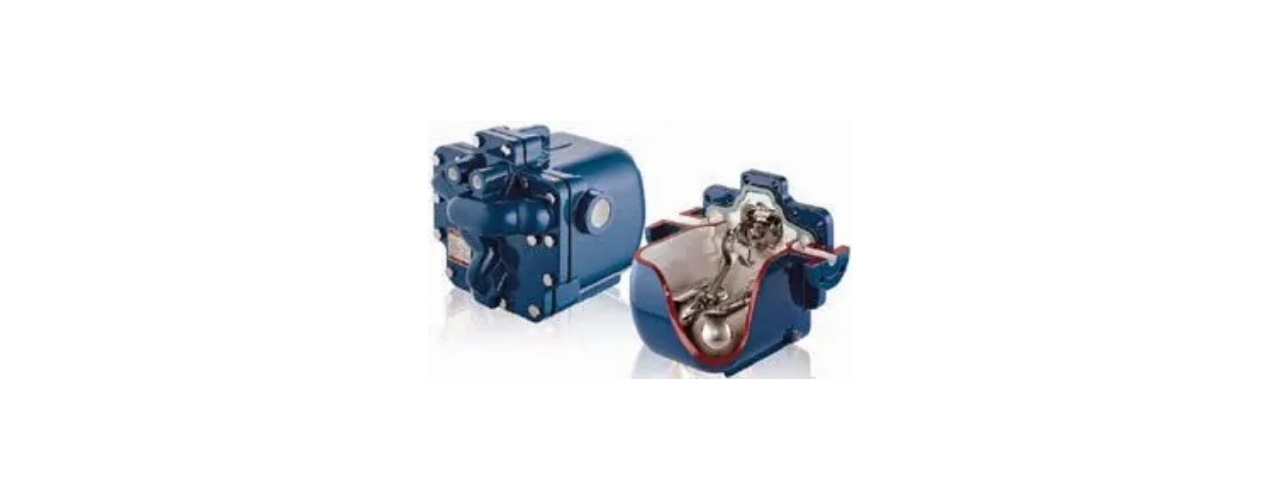- Contact Us
- Call Us
- Menu

The most common process heating, heat exchanger hookup uses a temperature control valve on the steam line to the heat exchanger, and a steam trap on the condensate line from the heat exchanger.
The shell side is this steam space. A control sensor signal at the tube side outlet is used to throttle the steam control valve to maintain set point temperature. Higher pressure in the steam space than in the condensate recovery line produces effective condensate removal and lift to the return system.
Under a steady high load, differential pressure removes the condensate from the heat exchanger. Under reduced heating load, the control valve throttles down, reducing the steam pressure inside the heat exchanger. This also reduces the differential pressure across the steam trap making the trap unable to remove the condensate. This happens in all heat exchangers, whether properly sized or oversized.
This causes condensate to flood the steam space, known as heat exchanger stall. In other words, the pressure in the heat exchanger is equal to, or less than, the total back-pressure imposed on the steam trap, sometimes even attaining vacuum.
Some operators address vacuum in the steam space by installing a vacuum breaker on the shell. This practice introduces atmospheric gases that dissolve readily into the cooler condensate. These dissolved gases form corrosives that attack wetted surfaces, while doing nothing to eliminate the stall condition.
The simplest way to cure stall is to install a steam-powered automatic pump trap, such as a Spirax Sarco APT series. Pump trap operation is based on condensate level alone, with live steam pressure removing condensate under all load conditions, even vacuum.
By not using a vacuum breaker, you can reduce condensate acidity and large temperature swings in the heat exchange equipment. Heat transfer and control improve. Corrosion, water hammer, tube failure, excessive treatment chemical dosing, and high maintenance costs become distant memories.
A survey of your heat exchanger and condensate return system operating and maintenance data can uncover the below-par performance that indicates stall. If present an automatic pump trap is an easy solution that quickly returns dividends in process quality, energy savings, and reduced maintenance costs.
For more information on how to prevent heat exchanger stall, contact MSEC at 720-230-1409 or visit MSEC.